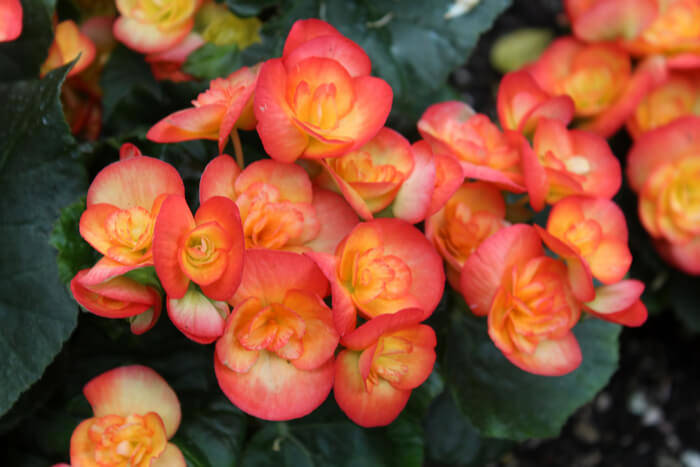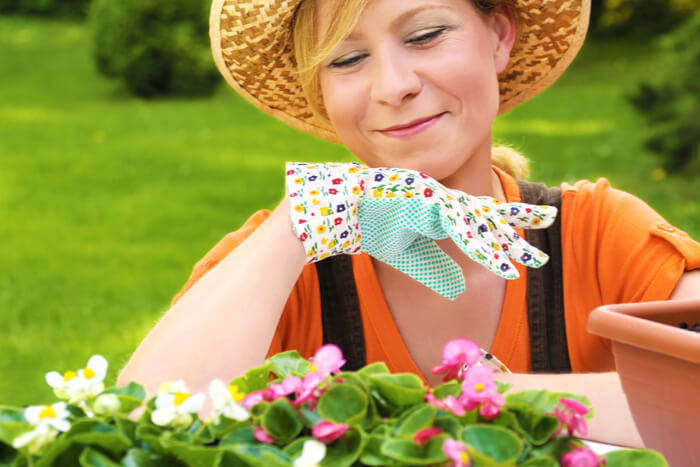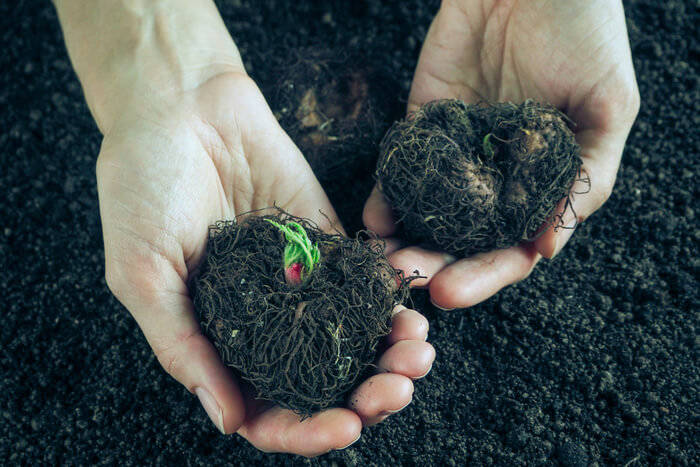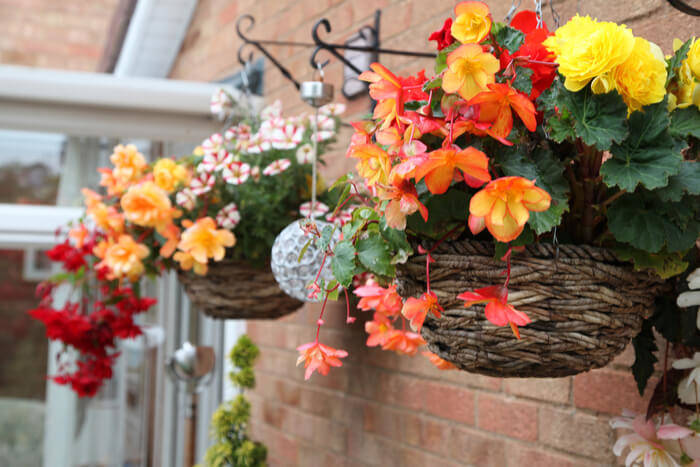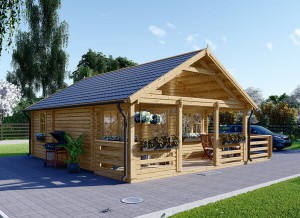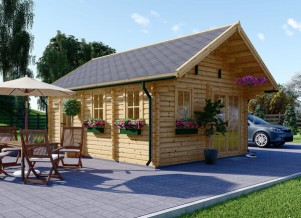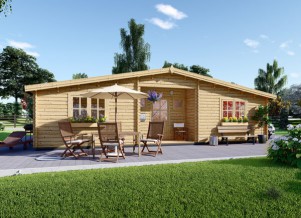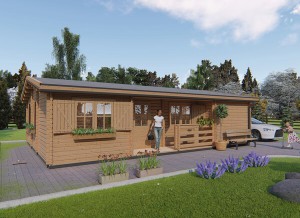If you want to know how to plant Begonias you have come to the right place! We will teach you the proven method of growing these gorgeous flowers. Also, you will learn how to take care of them after the initial planting stages.
How to Plant Begonias: A Step-by-Step Guide
Step 1: Choose Your Begonias
Begonias come in two varieties: tubers and seeds. We recommend choosing tubers every time. The seed grown flowers tend to pale in comparison, and health, to the tubers. There are over a thousand different species of this plant, so you will have some decisions to make!
The flowers themselves vary in size from a foot to a few centimeters. In terms of color, you can find just about every shade under the sun except blue. You can even purchase the upright or cascading varieties. We recommend doing some research before making your choice.
No matter which you choose, they must be purchased by mid-minter. You can usually find the tubers in garden stores and online starting early fall.
Step 2: Start Your Tubers
About a month before the last frost, you should start your begonias inside. There are two exceptions to this rule. First, anyone living in the tropics can plant their begonias outdoors. Second, if you live in a hot climate start your plants a bit early so they can get established before the summer hits.
They should be planted tuber-side down into a peat moss potting mix. You can also mix 1 part builder’s sand with 2 parts soilless mix. These plants thrive on good drainage. To prepare the soil, mix in some water until it feels damp to the touch.
The containers can either be flats or small pots with drainage holes. Take care to plant the tubers at least 3 inches apart and cover them with a ½ inch of dirt. This means you will want an 8 inch pot for 2 tubers, an 11 inch pot for 3 tubers, etc. We recommend the extra 2 inches of space so your plants have enough breathing room.
Step 3: Take Care of the Plants
In this step, your Begonias will begin to come up. Place the containers near a sunny window in indirect light. The soil should be watered enough to stay moist and no more. For the plant to sprout, the temperature inside your log cabin (check there log cabins) needs to stay at a minimum of 70 degrees.
Do this for 2 to 3 weeks and you will get some baby begonias! After the last frost you can plant them in the ground. If you plan to keep them in containers, transfer them when they are around 2 inches high.
Step 4: Prepare the Location
Choose a spot in your yard that gets partial shade. Preferably in the late afternoon or early morning. Both full sun and full shade will stunt growth. Keep the plants out of the wind, and make sure the soil drains well. If it doesn’t, find another spot. Treating the soil will only help for so long, and some begonias like to stick around for years.
These flowers look great as a boarder around mobile homes.
Step 5: Plant the Sprouts
Dig the hole as deep as the plant is tall. Preferably replanting happens around 2 inches, but sometimes life happens and the sprouts will be taller. For optimal growth, plant the begonias 8 inches apart or 8 inches from the nearest plant. If you would like, dig the hole deeper and add some compost right under the roots.
After you have set the plants in the dirt, fill the holes and tamp the top. Make sure there is only about an inch of soil on top of the tubers.
How to Take Care of Begonias
Step 1: Establish Good Watering Practices
Begonias should only be watered when the soil feels dry. To know when that is, you have to go outside and stick a finger in the dirt. If the top 2 inches aren’t moist, the plant needs water. If you are in a drought, the flowers will need to be watered more often than if the conditions are rainy.
When you do water, make sure to keep the wetness off of the leaves. Too much on the leaves can cause them to mildew. The best place to water them is at their base.
For begonias in containers, water until you see excess come out of the drain holes. Make sure to dump the water that’s in the saucer.
Step 2: Fertilize
This step is optional. However, applying fertilizer every other week will enhance your blooms and your plant’s health. You can use all-purpose, just make sure you choose organic.
Step 3: Deadhead
Deadheading is just as important to begonias as receiving the right amount of sun and H2O. Throughout the season, this fantastic plant will flower regularly. Make sure you deadhead them just as regularly. Anything that’s dying should be pinched so all of the energy can be directed to creating new flowers!
Step 4: Stake the Stem
This step is for anyone that bought larger varieties. Sometimes, the blooms become too much for the stem to handle. If you find your begonia dropping from the weight, purchase a stake and place it a few inches away from the plant and stake the stem. You can also stake some of the branches from the top.
Step 5: Make them Perennials
Anyone living in hot or tropical climates can keep their begonias outside year around. If you experience 4 seasons, you will have to dig up your plants before the first frost. Before that, you need to prepare your flowers for dormancy. Gradually reduce water starting in September and stopping altogether by the end of November.
Cut the plant back, and dig out the tubers. Dry them in a sunny window for about a week, then store them in a dry, cool place. They should be placed in an open container with peat moss or sand. Once early spring hits, begin the process all over again!

